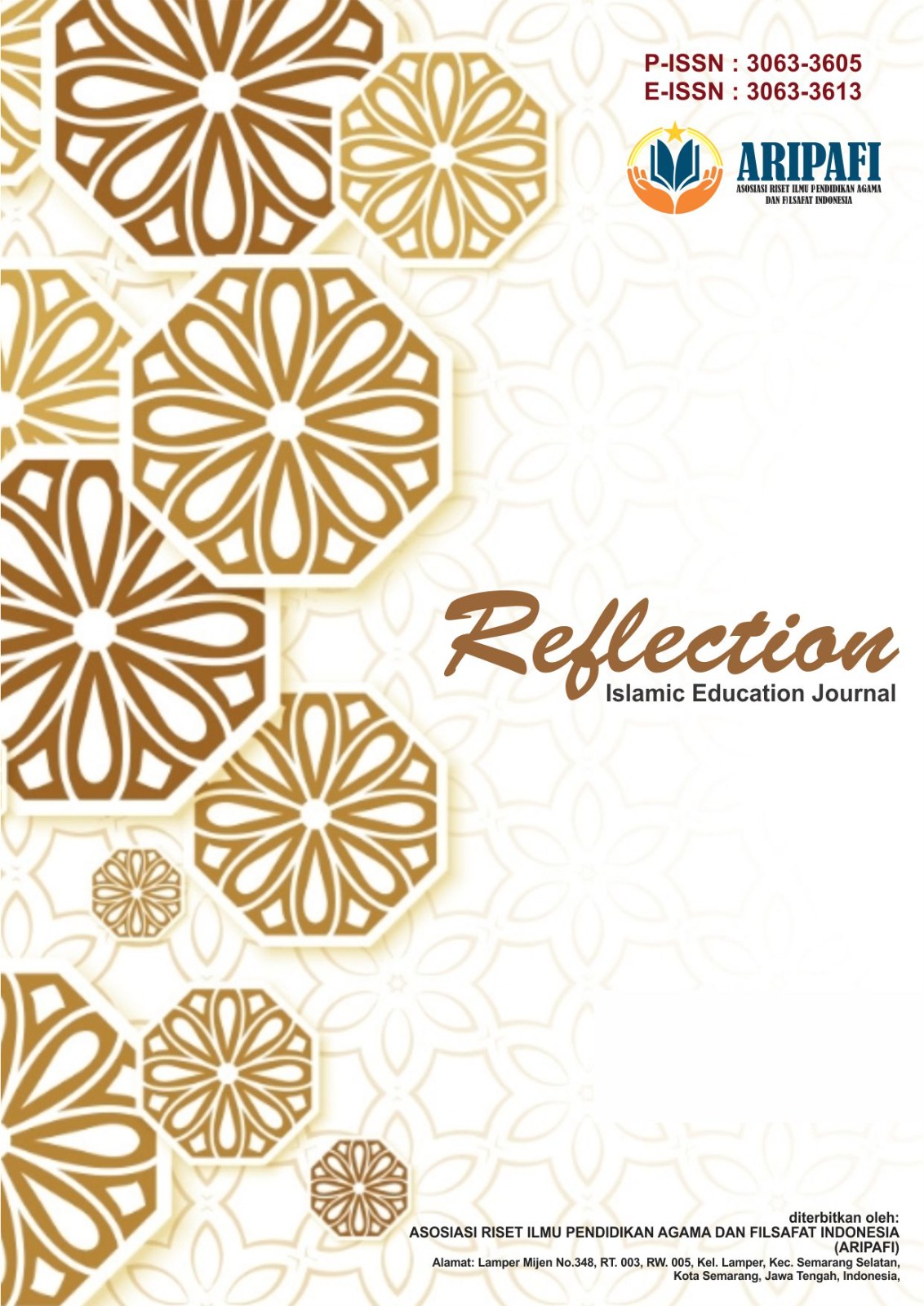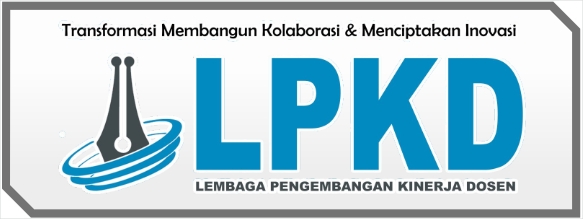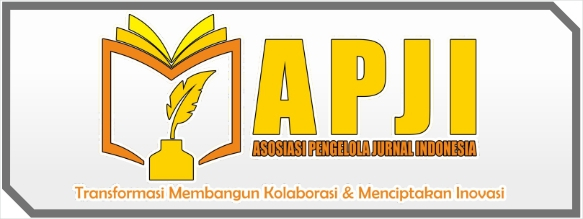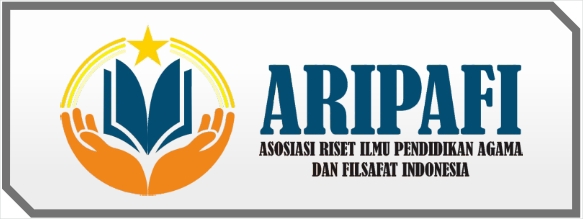Living Quran di Era Digital Analisis Penggunaan Aplikasi Quran dan Doa dalam Ibadah Ramadhan Selama Pandemi
DOI:
https://doi.org/10.61132/reflection.v2i2.1081Keywords:
Living Quran, Pandemic, Digitalization of Worship.Abstract
The phenomenon of living Qur'an in the digital era, emphasizing the use of Al-Qur'an and prayer applications during the month of Ramadan during the COVID-19 pandemic. The pandemic situation has forced Muslims to switch to digital media as an alternative to carrying out worship due to limited access to physical places of worship. Using a qualitative approach and ethnographic methods, this study explores how digital applications of the Qur'an and prayers become a new medium in realizing Qur'anic values in everyday life, as well as how users interpret the sacred text through digital platforms. The results of the study show that digital applications not only support personal worship practices but also form online communities that strengthen spiritual bonds amid social restrictions. However, digitalization also raises challenges, such as shifts in religious authority, interpretation of texts, and issues of religious ethics. Therefore, this study emphasizes the importance of an interdisciplinary approach to understanding the transformation of religious practices in the digital era, as well as the need for a critical attitude in using technology so that Qur'anic values are maintained and authentic. The COVID-19 outbreak has caused significant changes in various aspects of life, including the way Muslims carry out worship during the month of Ramadan. The implementation of health protocols and social restrictions limit congregational worship activities in mosques, encouraging Muslims to find other ways to maintain their worship routines and spiritual closeness. In this condition, mobile-based Quran and prayer applications are an effective and appropriate solution. These applications provide easy access to digital Qurans, interpretations, translations, readings from famous reciters, daily dhikr, special prayers, and additional features such as prayer reminders and Qibla direction indicators. More than just a means of worship, these applications also function as a medium for religious learning through short lectures, studies, and Islamic articles. However, users need to be aware of interference such as notifications from other applications and dependence on internet connections. It is important to remember that the role of these applications is as a complement, not a substitute for direct interaction with the mushaf or attendance at the assembly of knowledge if conditions permit. If used wisely and consciously, Quran and prayer applications can be a very meaningful spiritual support for Muslims during Ramadan in the midst of a pandemic situation.
References
Adolph, Ralph. 2016. “済無No Title No Title No Title” 4 (3): 1–23.
Aji, Mujib Hendri, Muhammad Zainul Hilmi, and Muhammad Taufiq Rahman. 2021. “The Living Qur’an as a Research Object and Methodology in the Qur’anic Studies.” Jurnal Iman Dan Spiritualitas 1 (1): 78–84.
Ali, Muhamad. 2015. “Kajian Naskah Dan Kajian Living Qur’an Dan Living Hadith.” Journal of Qur’an and Hadith Studies 4 (2): 147–67. https://doi.org/10.15408/quhas.v4i2.2391.
Althaf Husein. 2020. “Al-Qur’an Di Era Gadget: Studi Deskriptif Aplikasi Qur’an Kemenag.” Jurnal Online Studi Al-Qur An 16 (1): 55–68. https://doi.org/10.21009/jsq.016.1.04.
Dalam, Tafsir Al-quran, Membangun Karakter, Siswa Di, and Sella Herlanda. n.d. “Tafsir Al-Quran Dalam Membangun Karakter Siswa Di Era Digital.”
Desember, Vol No, and Muhammad Taufiq. 2024. “PENGARUH DIGITAL CULTURE TERHADAP ALQURAN” 4 (3): 653–62.
Ghoni, Abdul, and Gazi Saloom. 2021. “Idealisasi Metode Living Qur’an.” Himmah: Jurnal Kajian Islam Kontemporer 5 (2): 413. https://doi.org/10.47313/jkik.v5i2.1510.
Junaedi, Didi. 2015. “Living Qur’an: Sebuah Pendekatan Baru Dalam Kajian Al-Qur’an (Studi Kasus Di Pondok Pesantren As-Siroj Al-Hasan Desa Kalimukti Kec. Pabedilan Kab. Cirebon).” Journal of Qur’an and Hadith Studies 4 (2): 169–90. https://doi.org/10.15408/quhas.v4i2.2392.
Puspitasari, Debi Ayu. 2021. “Kebijakan Pentashihan Aplikasi Al-Qur’an Digital Di Indonesia.” Jurnal Pendidikan Agama Islam 8 (1): 12–22.
Rafiq, Ahmad. 2021. “Living Qur’an: Its Texts and Practices in the Functions of the Scripture Living Quran: Teks Dan Praktik Dalam Fungsi Kitab Suci.” Jurnal Studi Ilmu-Ilmu Al-Qur’an Dan Hadis 22 (2): 469–84. https://doi.org/10.14421/qh.2021.2202-10.
Widya Suci. 2016. “METODOLOGI PENELITIAN THE LIVING AL QUR’AN Dan HADIS (PENERAPANNYA DALAM MASYARAKAT),” 1–23.
Yani, Ahmad, Hepni Putra, Andika Andika, Muria Khusnun Nisa, and Eka Mulyo Yunus. 2021. “Studi Perbandingan Fitur-Fitur Aplikasi Al-Quran Digital Karya Greentech Apps Foundation Dan Aplikasi Al-Quran Muslim Media Untuk Mengetahui Perbedaan Kedua Fitur Aplikasi.” Jurnal Riset Agama 1 (3): 132–56. https://doi.org/10.15575/jra.v1i3.15089.
Yunus, Muhammad. 2023. “Internalisasi Nilai-Nilai Living Quran Di Pondok Pesantren Roudhotul Quran Tlogo Anyar Lamongan.” Jurnal Ilmiah Research Student (JIRS) 1 (1): 146–53.













